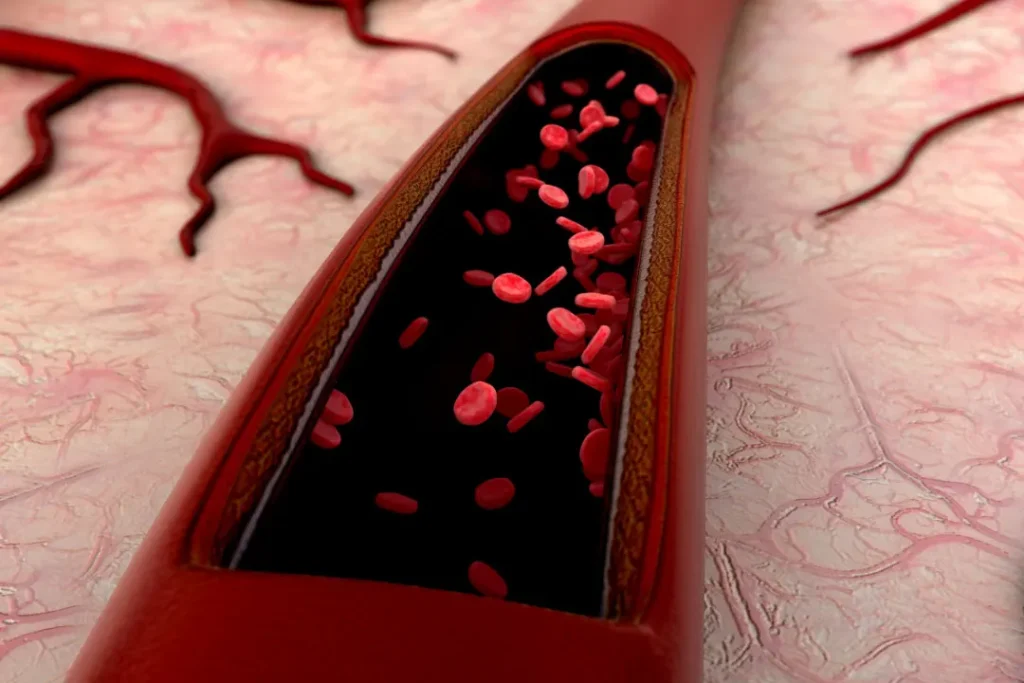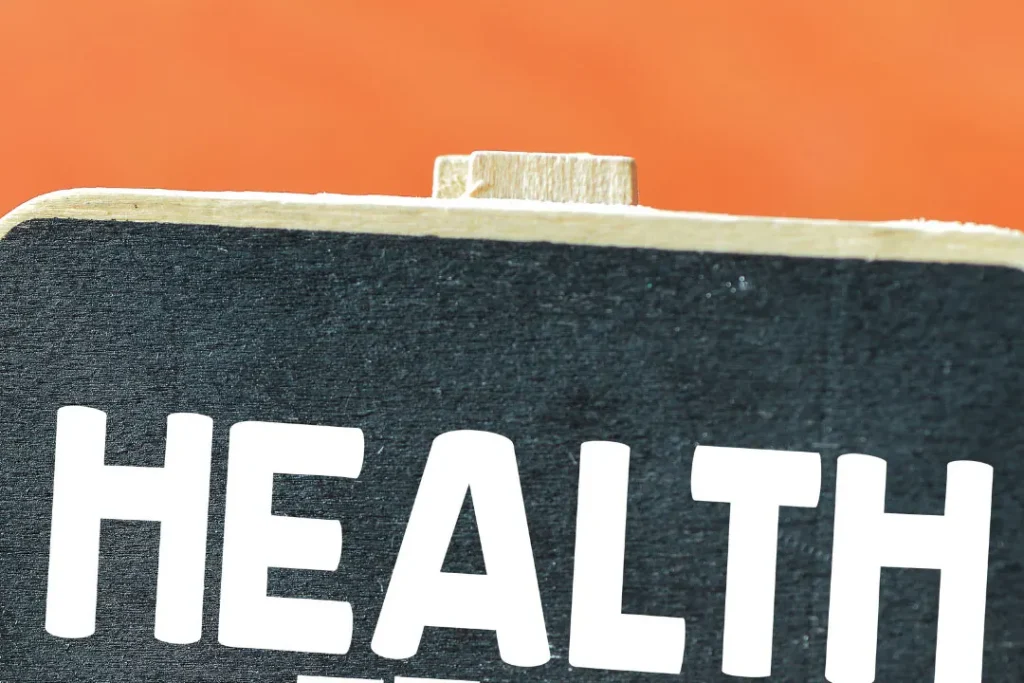Gamma butyrolactone (GBL) is a substance that has attracted a lot of attention in many scientific and industrial fields due to its exceptional chemical properties. Despite being a common industrial solvent, gamma-hydroxybutyric acid (GHB) pro-drugs like GBL have exceptional uses in biology.
It is important to note that GBL is not regarded as a dietary supplement, even though it can be useful in some medical settings. Its usage is carefully regulated and, in many areas, limited to medical and industrial purposes solely due to its misuse potential and significant side effects. This article seeks to give readers a general understanding of the chemistry of GBL, its physiological properties, , possible side effects, and drug interactions.
You May Also Like:
The Best Supplements for Brain Injury: 5 Top Brands Reviewed
Finding the Best Supplements for Brain Fog After COVID: 5 Top Brands Reviewed
Gamma Butyrolactone (GBL): Benefits, Dosage, Side Effects, Drug Interactions, and Other Important Information is an original (NootropicsPlanet) article.
The Nature of Gamma Butyrolactone (GBL)
Due to its strong solvent properties, GBL has a variety of industrial uses. It is a crucial ingredient in the production of numerous polymers and resins and is frequently included in cleaning solutions, nail polish removers, and paint thinners. Despite these commercial uses, the most noteworthy characteristic of GBL is that it serves as a pro-drug for gamma-hydroxybutyric acid (GHB).
GBL’s lipophilic nature makes it simple for the body to absorb and distribute it. After consumption, the bloodstream’s lactonase enzymes quickly transform it into GHB. The pharmacology and toxicity of GBL depend on the GHB due to the substantial metabolism of GBL to GHB.

Health Benefits of GBL
Although GBL doesn’t directly enhance health, it’s important to note the medicinal uses of GHB, which GBL gets transformed within the body. In some circumstances, including narcolepsy treatment, a neurological disease in which the brain cannot control sleep-wake cycles appropriately, GHB has been licensed for medical usage. Narcolepsy symptoms, notably cataplexy, a disorder that results in abrupt muscular paralysis, have been observed to be lessened by GHB.
Alcohol dependency is a major aspect of GHB’s possible health advantages. GHB can be used to treat alcohol addiction since it eases withdrawal symptoms and lowers the desire for alcohol.

Chemistry of GBL
GBL is a colorless, hygroscopic liquid with a faint distinctive odor. This liquid is a lactone that hydrolyzes into GHB, the equivalent hydroxide, in an alkaline environment. GBL is primarily used as a solvent in the industrial sector due to its high boiling point, miscibility with water and other organic solvents, and ability to dissolve polymers.
Physiological Properties of GBL
GHB, a substance that naturally occurs in the brain and is known for its sedative and anesthetic effects, is formed during GBL’s conversion in the body and is responsible for the majority of GBL’s effects. This conversion happens quickly after absorption and is made possible by the bloodstream’s abundant lactonase enzymes. GHB regulates awareness, sleep, and muscle tone predominantly through the GHB receptor, although it can also impact on GABA-B receptors.
Due to its lipophilic nature, GBL quickly penetrates the blood-brain barrier after delivery, converting it into GHB. Dopamine content in the extracellular fluid of the brain rises due to GHB’s inhibition of dopamine absorption and induction of a decrease in its release. This release can cause euphoric effects of ingesting GHB.

Optimal Dosage of GBL
GBL is researched for its therapeutic uses where GHB is converts GHB in the body. GHB (and consequently GBL) manages narcolepsy, a disorder characterized by excessive daytime drowsiness and cataplexy.
The precise GBL dosage varies and must be determined by your medical expert depending on your specific health needs. Self-medication is not recommended due to the uncommon usage of GBL as a pharmacological agent because there is a risk of side effects and addiction.
Gamma Butyrolactone (GBL): Benefits, Dosage, Side Effects, Drug Interactions, and Other Important Information is the (NootropicsPlanet) report.
Side Effects
Many side effects, some of which may be severe, are connected to GBL. They include but are not limited to nausea, vomiting, respiratory depression, loss of consciousness, and, in severe situations, death. Additionally, it presents a considerable risk of addiction and withdrawal due to its conversion to GHB.

Potential Substance Interactions
GBL can negatively interact with drugs like alcohol and CNS depressants, increasing the risk of respiratory depression and unconsciousness. These dangers stress the necessity of properly regulated administration and demonstrate why GBL is not suitable for occasional or recreational usage.
Best Responsible Use
Due to the body’s ability to convert GBL to GHB, it has potential therapeutic uses, but there are also considerable hazards associated with using it. GBL is not a typical option for a dietary supplement or casual usage due to its misuse potential and substantial side effects. It should only be used under the direct care and supervision of your healthcare practitioner, as with any potent substance. To guarantee its safe and efficient usage, further study and a solid knowledge of its physiological effects are required.
Gamma Butyrolatone (GBL):
Conclusion
Gamma butyrolactone (GBL) is a potent chemical that is primarily used as a substitute for the gamma hydroxybutyric acid (GHB). This chemical is used in substances like nail polish remover, cleaners, and paint removers and it can be extremely toxic. These chemicals must be administered under a liscenced physician for medical purposes, as both GBL and GHB are classified as class B drugs, meaning that misuse can land you up to 2 years in prison with a hefty fine.
GBL is rarely prescribed, but is usually only used for patients who struggle with memory retention. If you have severe memory retention issues, your doctor can consider prescribing it under strict instructions. If this is a drug you think you may need to resort to, you must speak to your doctor about using it.
References:
- “Gamma-hydroxybutyrate (GHB) for treatment of alcohol withdrawal and prevention of relapses”. Retrieved from: https://www.cochrane.org/CD006266/ADDICTN_gamma-hydroxybutyrate-ghb-treatment-alcohol-withdrawal-and-prevention-relapses
- “GHB and GBL: The Facts”. Retrieved from: https://www.talktofrank.com/drug/ghb
- GBL and 1,4-BD are commercially available as industrial solvents and are used as ingredients in cleaners, solvents, paint removers, and engine degreasers.link:https://www.sciencedirect.com/topics/biochemistry-genetics-and-molecular-biology/gamma-butyrolactone
- Gamma hydroxybutyrate (GHB) and gamma butyrolactone (GBL) withdrawal:link:https://pubmed.ncbi.nlm.nih.gov/11476261/
Important Note: The information contained in this article (Gamma Butyrolactone (GBL): Benefits, Dosage, Side Effects, Drug Interactions, and Other Important Information) is for general informational purposes only, and should not be construed as health or medical advice, nor is it intended to diagnose, prevent, treat, or cure any disease or health condition. Before embarking on any diet, fitness regimen, or program of nutritional supplementation, it is advisable to consult your healthcare professional in order to determine its safety and probable efficacy in terms of your individual state of health.
Regarding Nutritional Supplements Or Other Non-Prescription Health Products: If any nutritional supplements or other non-prescription health products are mentioned in the foregoing article, any claims or statements made about them have not been evaluated by the U.S. Food and Drug Administration, and such nutritional supplements or other health products are not intended to diagnose, treat, cure, or prevent any disease.


